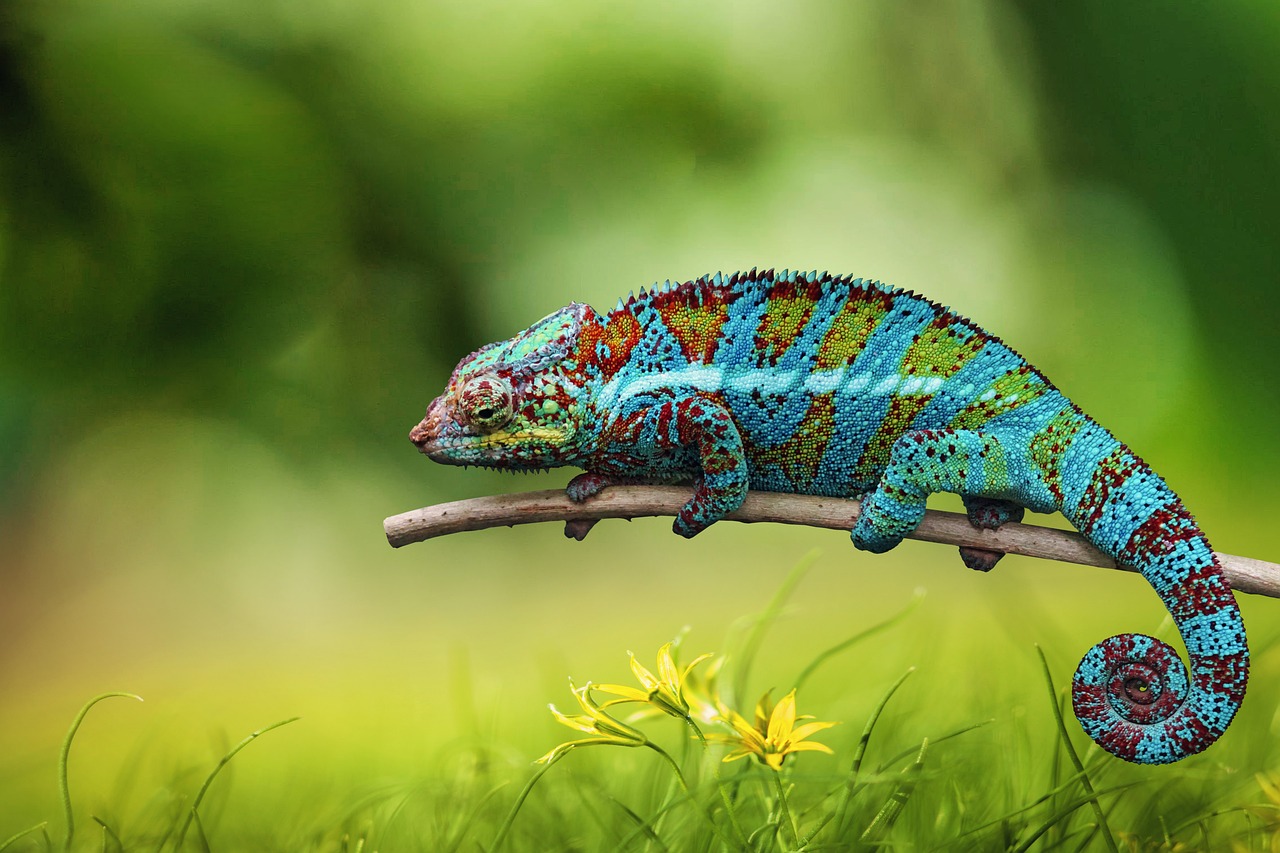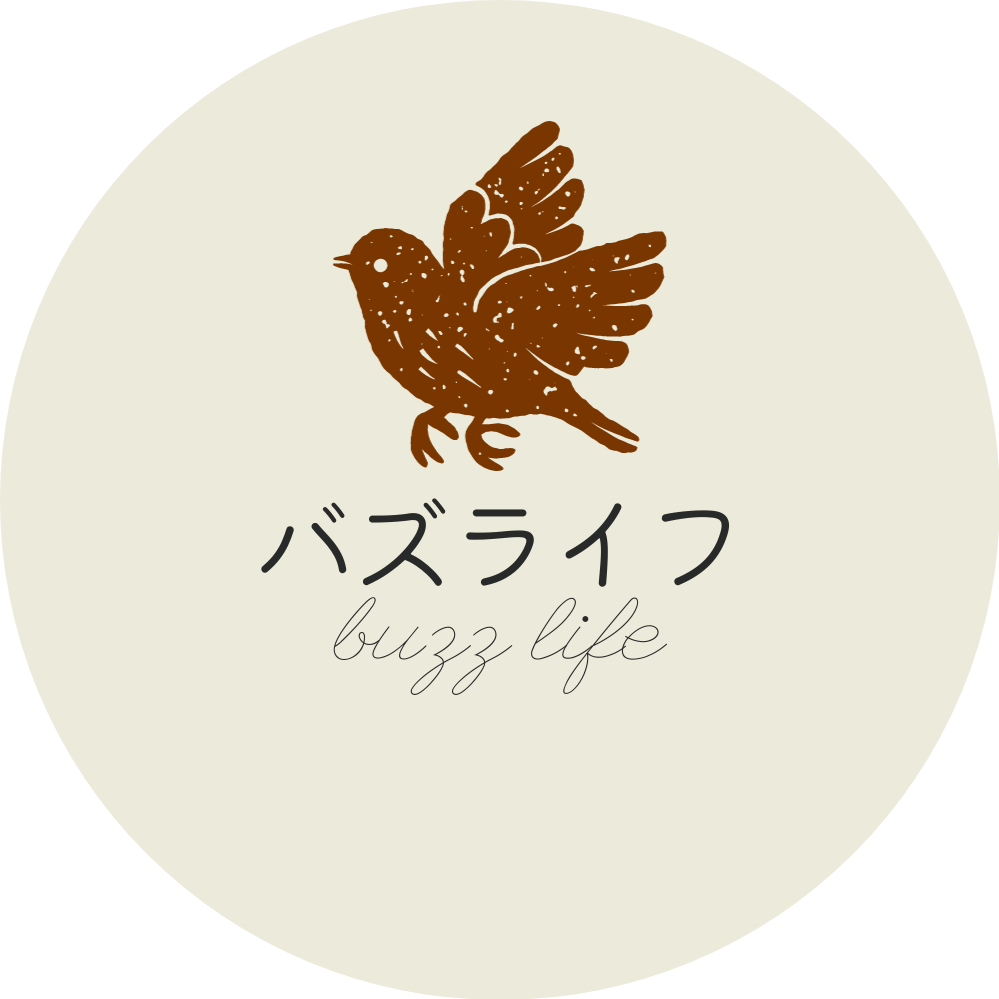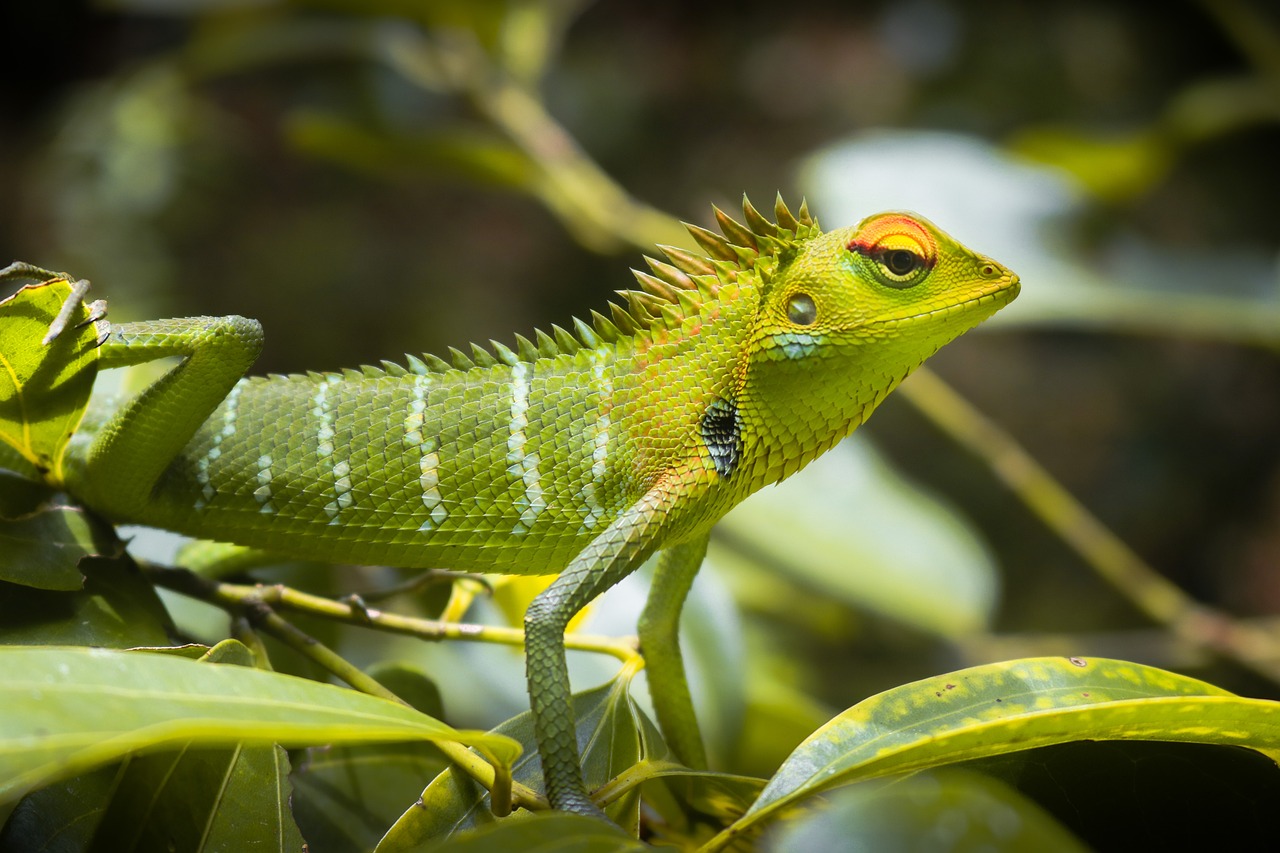Chameleon Diet Tips: Balanced diet of prey insects, fruits and vegetables

What nutritional needs do your chameleons really have?
To answer this question, it is essential to understand their natural diet and the right nutritional balance for their captive environment.
Our Chameleon Food Recommendation Guide details how to provide optimal nutrition for your beloved pets.
A healthy and active chameleon begins with proper food selection.
Throughout this guide, learn how to choose the best food, the importance of nutrients, and how often and how to feed them.
Take the first step toward helping your chameleon live a long and healthy life!
The Chameleon Diet – Basic Principles for Maintaining Health
A chameleon’s diet has a direct impact on its health and longevity. This section delves into the basic principles of the chameleon diet, the differences between the diets of different species, and how the diet changes with growth stages.
Basic Principles of the Chameleon Diet
Diversity and nutritional balance are key to the chameleon diet. They eat primarily insects, but adequate calcium and vitamin intake is also important. In this section, the basic principles of a healthy chameleon diet are presented, along with specific examples.
Dietary Differences among Different Chameleon Species
There are many species of chameleons and each has its own appropriate diet. For example, panther chameleons and bale chameleons differ in their dietary preferences and nutrient requirements. This section details the recommended diets for each popular chameleon species.
Dietary Variations with Growth Stages
The dietary needs of chameleons change with each growth stage. Juvenile, adult, and old chameleons require different amounts and types of nutrients. This section provides advice on the best diet plan for each chameleon’s life stage.
Chameleon Feeding: Suggested Key Insects and Nutrition
1 insects: the main food source for chameleons
Chameleons are carnivores that feed primarily on insects. Imagine a chameleon in the wild preying on insects. This natural diet is consistent with their wild animal instincts. Chameleons in captivity likewise require insects as their primary food source.
Benefits
Insects are high in protein, which is essential for chameleon growth and muscle development.
They activate the chameleon’s hunting instincts and promote an active lifestyle.
Insects’ movement and colors attract the chameleon’s attention and provide mental stimulation.
Suggested insects:.
Dabwyda weevil
Cricket
Flightless fullerton
Silkworms
Insects are ideal food for chameleons and central in their diet
2 fruits and vegetables: healthy sources of nutrition for chameleons
In addition to insects, fruits and vegetables play an important role in the chameleon’s diet. These foods help keep the chameleon’s diet balanced and provide it with the nutrients it needs.
Benefits
Fruits and vegetables are rich in vitamins, minerals, and fiber and support chameleon health.
The right combination of fruits and vegetables will help maintain the chameleon’s nutritional balance and strengthen its immune system.
For chameleons, fresh produce promotes appetite and provides dietary variety.
Suggested fruits and vegetables
Papaya
Mangoes
Blueberries
Pumpkin
Roma tomatoes
Fruits and vegetables as chameleon food can be included in the daily diet and are important for maintaining nutritional balance. However, the key is to provide the right variety and quantity.
3. nutritional value of prey insects: a healthy diet for chameleons
Chameleons are carnivores, and prey insects are their primary dietary source. However, understanding the nutritional value provided by prey insects is important for selection and management to support optimal health.
Benefits:.
Feeding insects are high in protein, which contributes to chameleon growth and muscle development.
They provide essential nutrients for chameleons, especially calcium and vitamin D3.
The right choice of prey insects contributes to a healthy digestive system and reduced stress.
Key nutritional values of feeding insects:.
Protein: essential for chameleon growth and muscle maintenance.
Calcium: maintains bone health and hardness.
Vitamin D3: aids in calcium absorption and supports healthy bones.
Lipids: serve as a source of energy, but excessive fat intake should be avoided.
To provide accurate nutritional values, it is important that the feeding insects themselves also receive a healthy diet. Breeders should also pay attention to ways to enhance the nutritional value of the feeding insects.
Optimal diet for chameleons: recommended food and diet
- list of insects recommended for chameleon food
Providing the right type of insects is essential for a healthy chameleon diet. The following is a list of insects recommended as food for chameleons.
Dabwaida nymphs: a major dietary source for chameleons and highly nutritious.
Crickets: moderate size and motility, promotes chameleon locomotion.
Flightless Flutons: less jumping and less stressful.
Silkworms: high in protein, vitamins and minerals
Hoppers: good size and nutritional value for young chameleons.
- sources and purchase of food insects
Finding a reliable source for the right food insects is important. Below are some pointers on sources and purchasing methods for bait insects.
Pet stores: Common insects are available at local pet stores. Check for quality.
Online stores: You can also purchase bait insects online. Choose a reliable store.
Breeding: Some breeders raise insects at home. Consider homemade bait insects. 3.
- how to maximize the nutritional value of your bait insects
To maximize the nutritional value of your bait insects, the following methods can help
Habitat: Optimize the growing environment of your insects to improve their nutritional value.
Nutritional intake: Provide a nutritious diet for your food insects, supplemented with calcium and vitamins.
Exercise of captive insects: Provide opportunities for exercise and muscle development for prey insects. 4.
- recommended list of fruits and vegetables
Incorporating fruits and vegetables into the chameleon’s diet can improve nutritional balance. Following is a list of recommended fruits and vegetables
Papaya: Rich in vitamin C and fiber.
Mangoes: high in vitamin A and carotene
Blueberries: Contains antioxidants and strengthens the immune system.
Pumpkin: Provides vitamin K and fiber.
Roma tomatoes: provide vitamin C and water.
Provide these fruits and vegetables in the right proportions and add variety to your chameleon’s diet by providing these fruits and vegetables in the right proportions.
Feeding Methods and Precautions
- timing and frequency of feeding chameleons
The timing and frequency of offering chameleons food is an important factor in their health and diet.
Timing: Chameleons are primarily diurnal, so it is ideal to feed them in the morning. Breakfast is ideal for digestion.
Frequency: Adult chameleons should be fed once or twice a day. Juveniles and young chameleons require more frequent feeding.
- food size and proper portion size
It is important to choose a food size that will fit in the chameleon’s mouth and provide the proper amount.
Food size: Adjust the size of the food based on the width of the chameleon’s mouth. Food that is too large will be difficult to eat.
Appropriate portion size: Be careful not to overfeed and keep the diet balanced. 3.
- observing the chameleon while it is eating and checking its health
Observing your chameleon while it is eating can help detect health problems early on.
Observation: Observe your chameleon during feeding to ensure that the diet is progressing normally.
Excretions: Check the chameleon’s excretions after feeding to check for any abnormalities.
- general precautions regarding feeding
General feeding precautions include the following
Nutritional balance: Maintain nutritional balance by providing a good balance of dietary insects and fruits and vegetables.
Vitamin/mineral supplementation: Provide vitamin and mineral supplementation as needed to prevent nutrient deficiencies.
Freshness of food: Use fresh and clean food insects, fruits and vegetables.
Moisture: Chameleons have difficulty drinking water, so also consider adequate water supply.
Follow these precautions to support your chameleon’s health and well-being.
SUMMARY
Finally, we summarize some important points about chameleon food selection and offer advice on the best food choices to support their health and well-being.
Importance of Food Selection for Chameleons and Summary:.
Chameleon food selection is an important decision that directly affects their health and well-being. Providing the right food will ensure that your chameleon receives proper nutrition and leads an active and healthy life. The following points are important in food selection
Balance of insects and fruits/vegetables: Chameleons need a balance of insects and fruits/vegetables in their diet. A combination of protein sources and vitamin and mineral sources is ideal.
Freshness of food: The food insects, fruits and vegetables should be fresh, clean and of good quality.
Nutritional balance: Try to adjust the nutritional balance according to the chameleon’s stage of growth to avoid deficiencies.
Advice on choosing the best food to support the health and well-being of your chameleon:.
The following advice can help support the health and well-being of your chameleon
Dietary diversity: Diversify your diet and provide stimulation to your chameleon’s diet. Try not to feed only the same foods.
Observe your chameleon while it is eating to help detect early signs of health. Any abnormalities should be addressed immediately.
Nutritional supplementation: Consider supplementation with vitamins and minerals as needed to prevent nutritional deficiencies.
Hydration: Chameleons have difficulty drinking water, so be sure to keep them hydrated.
Expert advice: If you have any questions or concerns about your chameleon, consult an expert or your veterinarian.
Chameleon food selection is a factor directly related to their health and well-being and requires careful planning and attention. Make the best food choices and support your chameleon’s longevity and well-being.

